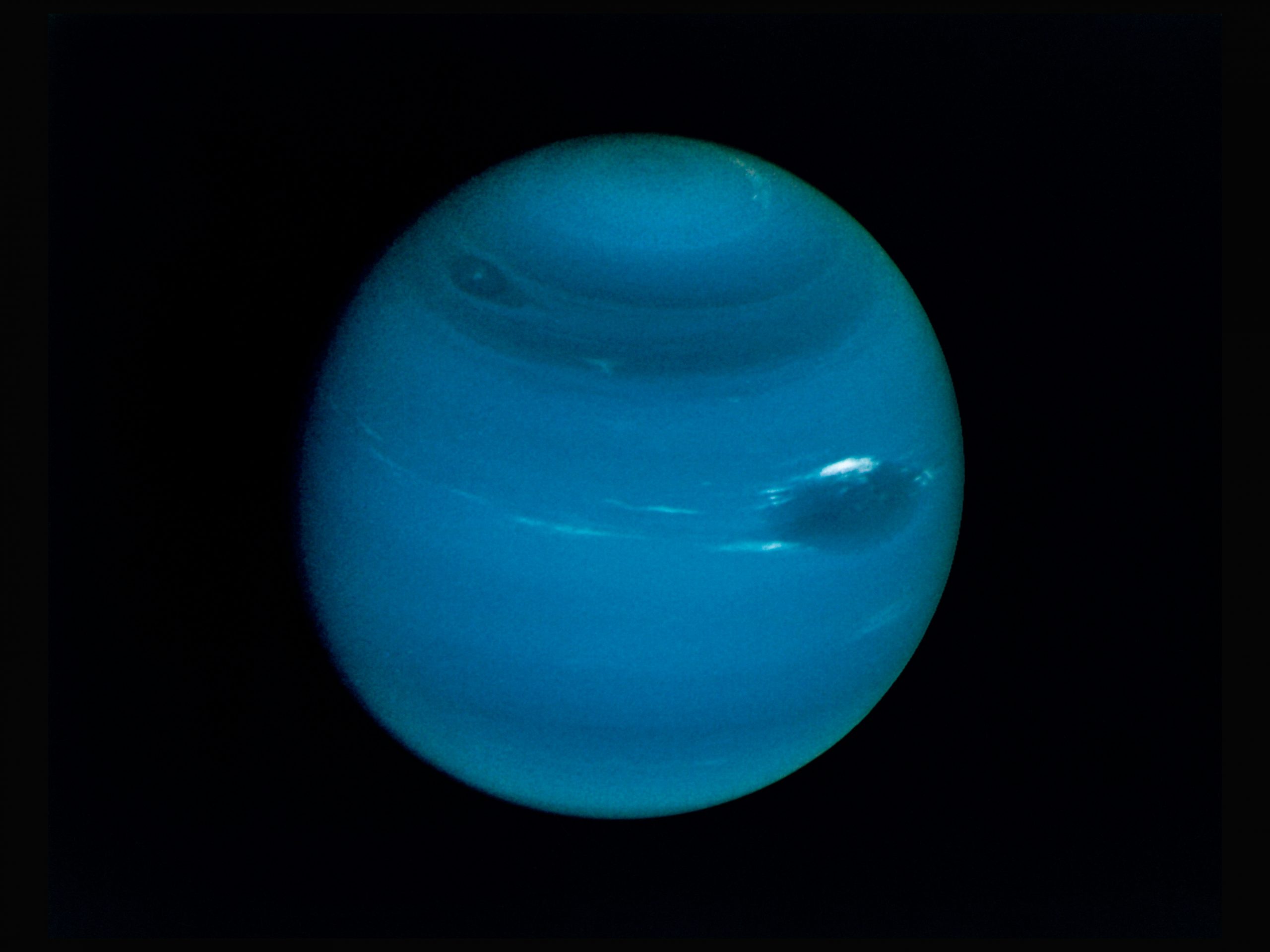In a groundbreaking achievement for space exploration and astrophysics, the James Webb Space Telescope (JWST) has captured a stunning new perspective of one of the most iconic celestial formations in our galaxy. The “Pillars of Creation,” a star-forming region within the Eagle Nebula, has been transformed into a mesmerizing 3D visualization, offering unprecedented insights into the intricate structures and processes that shape our universe.
The James Webb Space Telescope, NASA’s most advanced space observatory to date, has once again demonstrated its unparalleled capabilities by providing astronomers with a multi-wavelength view of the Pillars of Creation. This latest image, processed by a team of skilled scientists and visual artists, combines data from Webb’s Near-Infrared Camera (NIRCam) and Mid-Infrared Instrument (MIRI) to create a comprehensive and visually striking representation of the cosmic landscape.
The Pillars of Creation, first captured by the Hubble Space Telescope in 1995, have captivated both scientists and the public for decades. Located approximately 6,500 light-years away in the constellation Serpens, these towering columns of gas and dust serve as celestial nurseries, birthing new stars within their dense, turbulent environment. The Eagle Nebula, which houses the Pillars, is a vast star-forming region that continues to yield new discoveries and insights into the processes of stellar evolution.
Webb’s latest observation of the Pillars of Creation showcases the telescope’s ability to peer through cosmic dust and reveal hidden structures. The 3D visualization, created by combining multiple wavelengths of light, offers a unique perspective on the depth and complexity of these cosmic formations. “This new view allows us to appreciate the three-dimensional nature of the Pillars in a way we’ve never seen before,” explains Dr. Jane Rigby, Webb Operations Project Scientist at NASA’s Goddard Space Flight Center. “It’s like stepping into the nebula itself.”
The image reveals intricate details of the Pillars’ structure, including wispy tendrils of gas and dust that extend outward from the main columns. These features, barely visible in previous observations, provide crucial information about the ongoing processes of star formation and the dynamic interactions within the nebula. The European Space Agency, a partner in the Webb mission, notes that these observations will help astronomers better understand the mechanisms driving star formation and the evolution of galaxies.
One of the most striking aspects of the new visualization is the clear delineation between the cooler, denser regions of the Pillars and the surrounding, more diffuse gas. The NIRCam data highlights the younger, hotter stars forming within the columns, while the MIRI data reveals the cooler dust and gas that make up the bulk of the Pillars’ mass. This multi-wavelength approach provides a more complete picture of the complex interplay between different elements within the star-forming region.
The 3D rendering also emphasizes the sculpting effect of intense ultraviolet radiation and stellar winds from nearby massive stars. These forces gradually erode the Pillars, shaping them into their distinctive forms and triggering the collapse of denser pockets of gas and dust, which can lead to the formation of new stars. The American Astronomical Society suggests that studying these processes in such detail could provide valuable insights into the life cycles of stars and the evolution of galaxies.
Astronomers are particularly excited about the potential for Webb’s observations to reveal previously unseen protostars and young stellar objects within the Pillars. “With Webb’s sensitivity and resolution, we can identify and study the very earliest stages of star formation in unprecedented detail,” says Dr. Megan Reiter, an astronomer at Rice University specializing in star formation. “This could help us answer fundamental questions about how stars are born and how they influence their environments.”
The new visualization also serves as a powerful tool for public engagement in science. The International Astronomical Union emphasizes the importance of such visually striking images in inspiring the next generation of scientists and fostering public support for space exploration. The 3D rendering of the Pillars of Creation offers a tangible connection to the vast and often abstract concepts of astrophysics, making the wonders of the universe more accessible to a broader audience.
As Webb continues its mission, astronomers anticipate many more groundbreaking observations that will reshape our understanding of the cosmos. The telescope’s ability to observe in infrared light allows it to peer through cosmic dust and see farther back in time than any previous observatory. This capability is expected to yield insights into the formation of the first galaxies, the atmospheres of exoplanets, and the mysterious dark matter and dark energy that dominate the universe.
The James Webb Space Telescope’s latest achievement with the Pillars of Creation serves as a testament to human ingenuity and our unending quest to understand the universe. As we continue to explore the cosmos with increasingly sophisticated tools, each new discovery brings us closer to unraveling the mysteries of our cosmic origins and our place in the vast expanse of space.
This remarkable 3D visualization of the Pillars of Creation not only showcases the technological prowess of the Webb telescope but also reminds us of the awe-inspiring beauty and complexity of the universe we inhabit. As we gaze upon these cosmic pillars, we are reminded of our own place in this grand cosmic tapestry and the endless frontiers that await our exploration.


 Home4 years ago
Home4 years ago
 Medical4 years ago
Medical4 years ago
 Gadgets4 years ago
Gadgets4 years ago
 Environment4 years ago
Environment4 years ago
 Medical4 years ago
Medical4 years ago
 Energy4 years ago
Energy4 years ago

